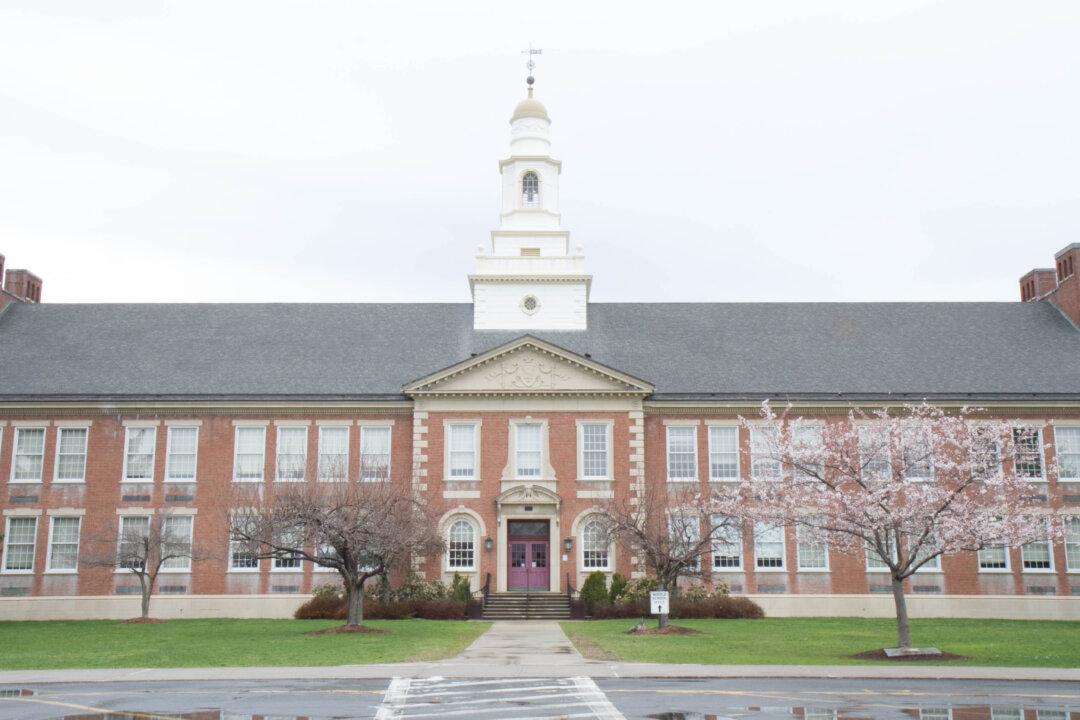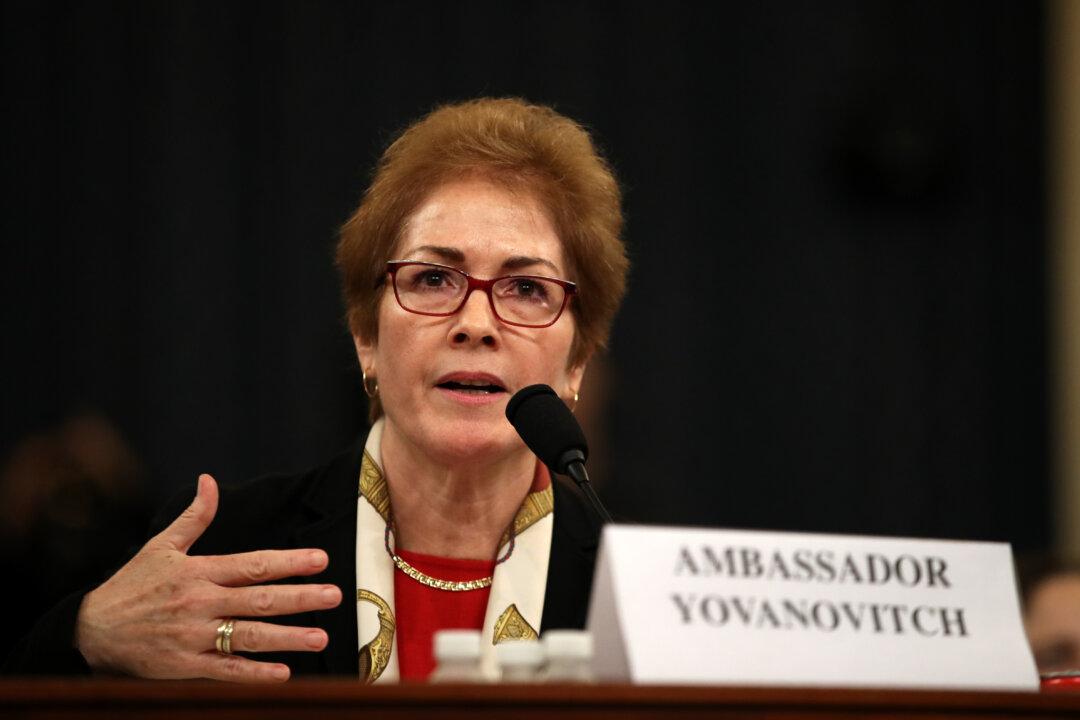GOSHEN—For the 75th anniversary of the C.J. Hooker middle school, art teacher Christina Pahucki enlisted her students, friends, and colleagues to put on an exhibit that showed the school’s history dating back to the 1930’s.
She, along with seventh grade English teacher Elena Jordan, had their students pick through artifacts they found in the building, research them, and create description cards for a historical exhibit that opened to the community on April 2.






